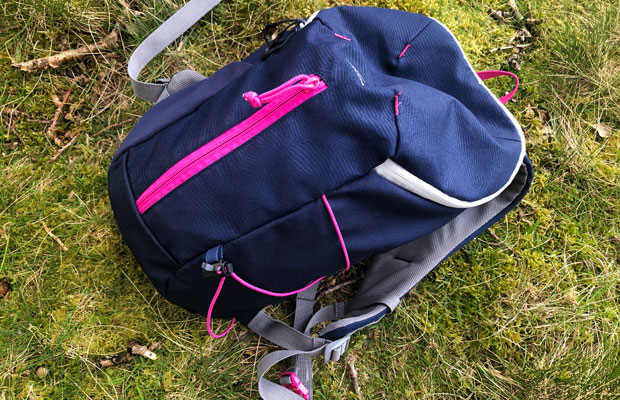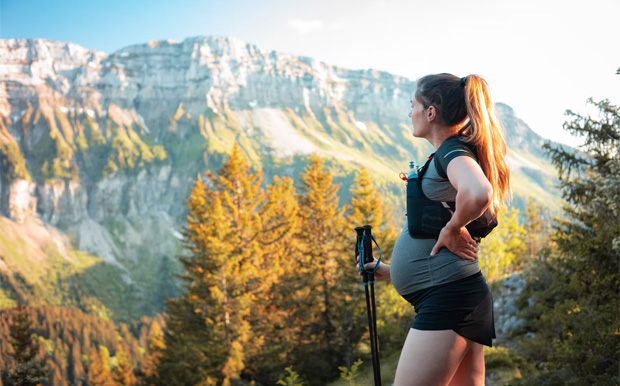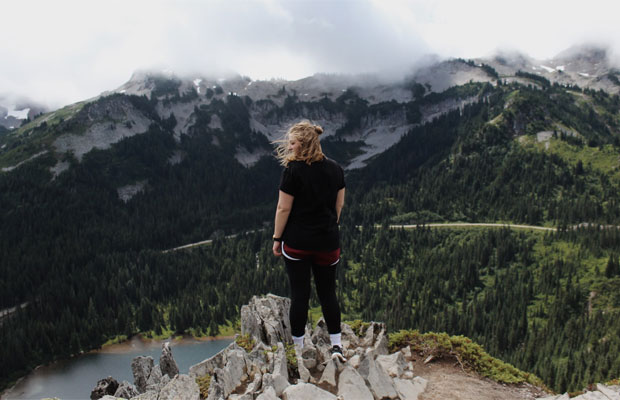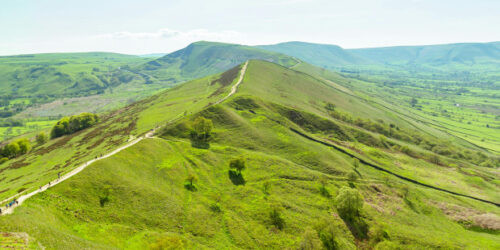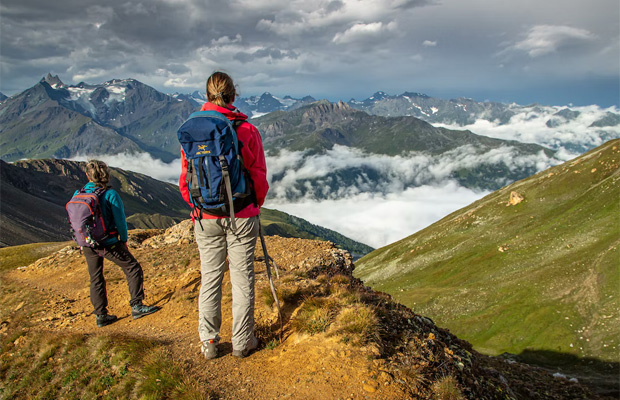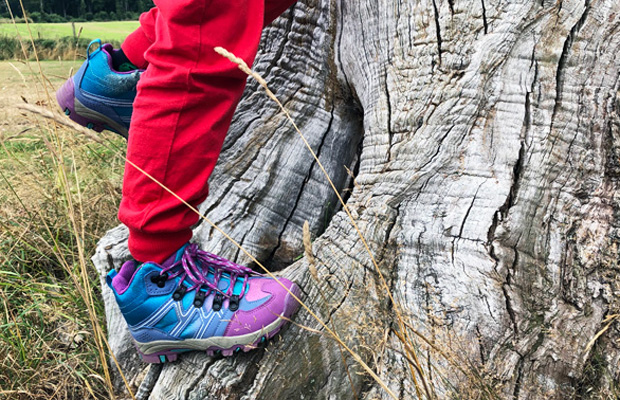How to Relieve Sore Legs After a Hike
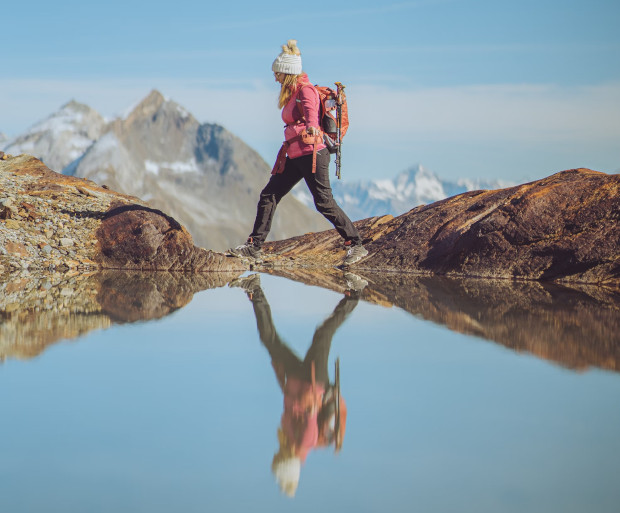
How to Relieve Sore Legs After a Hike
It’s completely normal for legs to feel sore after a good hike. Though your legs might feel tired straight away, the soreness usually starts a day or two after the hike. The official name for this is Delayed Onset Muscle Soreness (or DOMS for short). As well as being completely normal, experiencing DOMS also means that you’ve had a good workout and are building fitness. The pain is from the tiny tears in the muscle fibres. These then heal quickly and become bigger and stronger muscles. The soreness can be frustrating though, so in this article we look at some ways to relieve sore legs after a hike.
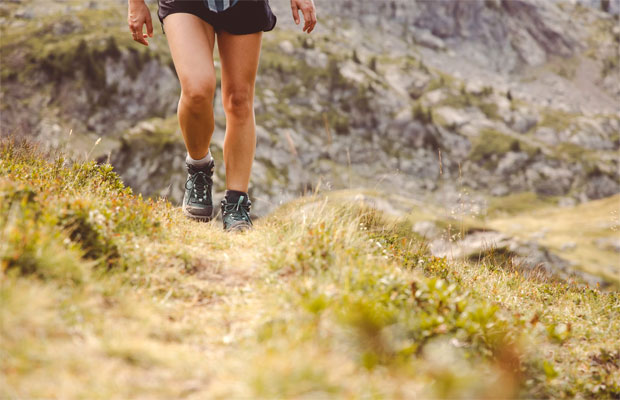
DOMS – What is Normal?
People usually experience DOMS after doing a new training activity, increasing the intensity of an activity that they normally do, or overdoing a certain movement. For example, you might be used to hiking 10 miles on a regular basis without any issues, but if you make it 20 miles suddenly, your legs are likely to feel sore. Or perhaps you are used to walking on flat terrain, but you have now tackled a mountain – you should feel that in your legs the day after.
It’s normal for DOMS to start anywhere from around 8 hours after the hike. After that, it will usually peak at 24-48 hours after the hike, then finally start easing. Though you might experience quite a bit of pain when doing certain things (walking up and down stairs can often be quite painful!), you should be able to still carry out normal daily tasks and activities.
It is not normal for the pain to start while you’re still hiking or immediately afterwards. It’s also not normal to have pain for more than a few days and it should not prevent you from doing daily activities. If it does, then you should consult a health professional.
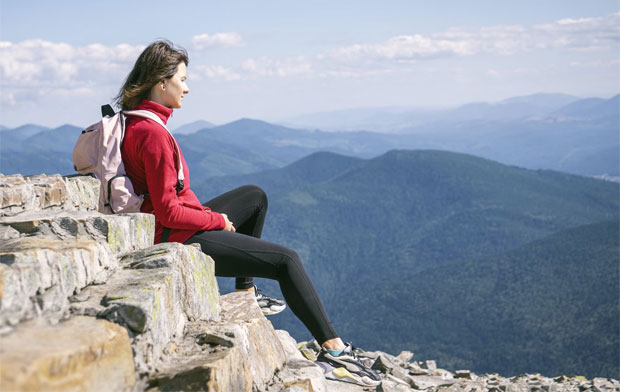
How to Ease DOMS?
Though you know that the pain is there for a good reason (making your muscles stronger!), it can still be frustrating to put up with DOMS. Luckily, there are some things that you can do to help ease the pain and help your body along in the healing process:
- Keep Moving. When you are feeling sore, you probably just want to put your feet up, but it’s better to keep your body moving with some light exercise, such as a walk, to increase the blood flow to your muscles. You could also try stretching, though that might hurt too.
- Try Massage. Massage is another way to help increase the blood to your muscles and to aid the repair process too. Massage your legs with your hands, a foam roller or a massage gun. Or, even better, ask your partner to give you a leg massage.
- Hydrate Your Body. We all know that good hydration is one of the best things that you can give your body. It’s really important to keep your body hydrated with plenty of fluids while it’s repairing your muscles. Water is the best choice as always.
- Top Up Your Protein. Protein is an essential nutrient for muscle growth. Support the muscle repair process with a bit of extra protein when experiencing DOMS.
- Use Both Cold & Heat Therapy. Straight after exercise, cold therapy is the best choice for reducing inflammation. If your location allows, try a wild swim to cool your legs or opt for an ice bath, cold shower, or simply ice packs. Once you are experiencing DOMS, switch over to heat in the form of a long, hot soak in the tub with magnesium bath salts or Weleda Arnica Muscle Soak Bath Milk. A hot water bottle can also feel very soothing on sore muscles.
- Prioritise Sleep. Last but not least, make sleep a priority. It’s so important for the body’s recovery and its repair functions. You should try to sleep well every night of course, but it’s extra important to get good quality sleep while your body is repairing.
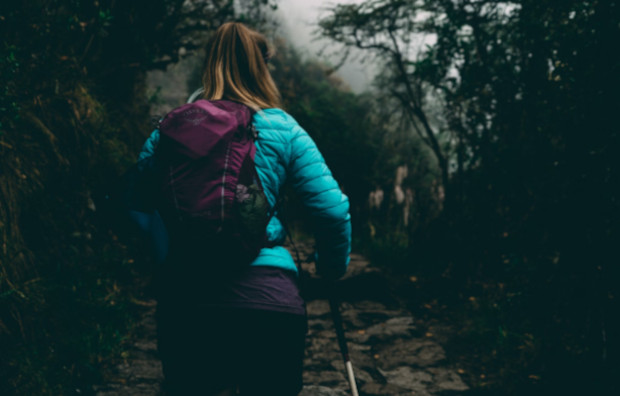
Ways to Prevent Sore Legs after a Hike
Above, we looked at some ways to deal with the pain. Now, let’s look at ways to prevent sore legs after a hike, or at least reduce how sore they get.
As with all kinds of physical activities, it’s a good idea to build fitness gradually by increasing the intensity over time and letting your body get used to the new level. With hiking, you can do this by gradually making your hikes longer or more intense instead. This way, your body will be better prepared for the challenge and you’ll be less likely to experience as much DOMS.
It’s also important to ensure you stay hydrated before, during and after a hike so keep sipping water throughout.
When you have finished a hike, take some time to let your body cool down before stopping completely. Slow down, walk around a bit on a flat surface, and let your heart rate, body temperature and muscles have some time to adjust to the natural resting state.
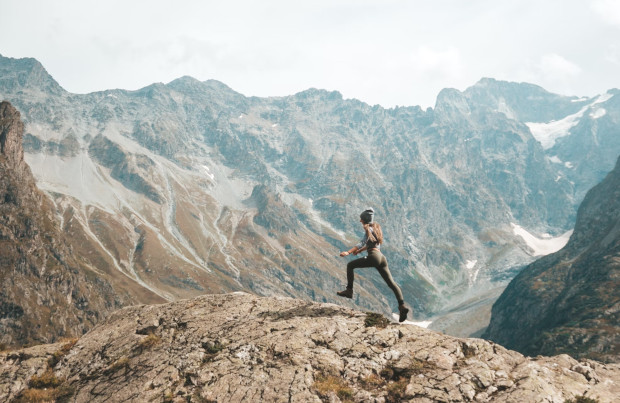
We touched on a few of the post-hike habits that are good to get into above: keep up the hydration, stretch properly, eat a meal or snack rich in both protein and carbohydrates for muscle repair and to restore your glycogen levels soon after the hike, use cold and heat therapy – all these things will help prevent DOMS too.
Also Read:

